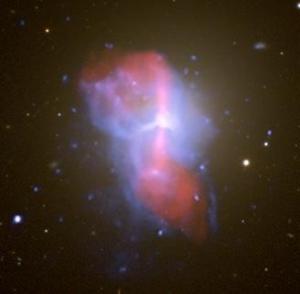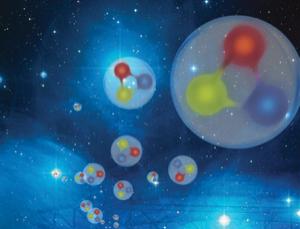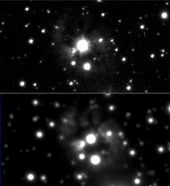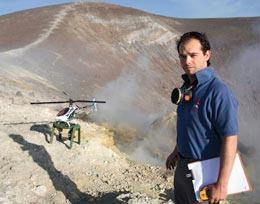Ice glaciers hundreds of metres deep are lurking just underneath the Martian surface around the planet's mid-latitudes, new radar measurements suggest.
The discovery represents the largest cache of ice yet found beyond Mars's polar regions and bolsters the case that the planet's tilt changes periodically. The ice could also be an ideal place to study the ancient Martian climate and look for evidence of life.
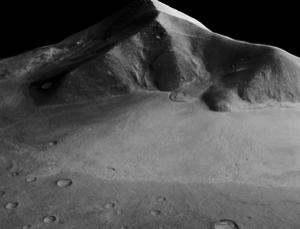
© NASA/JPL/MSSSA 13-km-long apron of rocky debris seems to have flowed from this Martian mountain near the Hellas impact basin. New radar measurements suggest an icy glacier hundreds of metres thick lies beneath the surface.
The glaciers, found at latitudes between 30 and 60° in both the northern and southern hemispheres, sit underneath fields of rocky debris. The appearance of the landscape suggests the debris flowed from hills lying up to 20 kilometres away.
Mars researchers have debated the origins of these rocky fields, which are called 'lobate debris aprons.' Some suspected that small particles of ice condensed from atmospheric water vapour between rocks and dust; this ice could lubricate the material, allowing it to flow down slopes. Others suggested the rocky aprons actually hid large glaciers.
